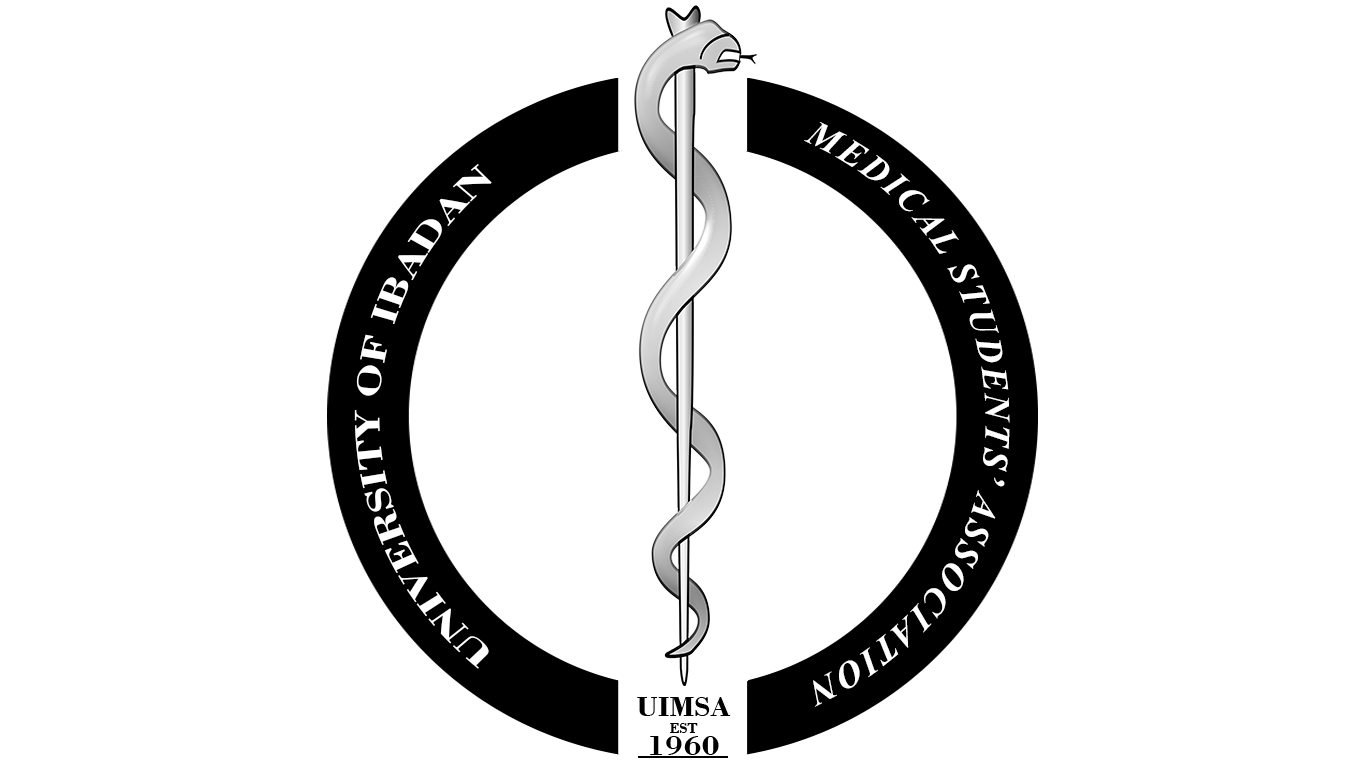
The year is 2050. You open your eye to a new day. Before you are fully awake, your virtual assistant is ready to greet you “good morning Sols, you had 1hr 48min of deep sleep last night. That’s very good. It will make you more energetic today. Are you ready for a full-body scanning?” You stand up in your room for the body scan. Your scanner scans you and compares today’s data with not only your health history but also your family’s history, and as well as average from aggregate sources. It also suggests conditions for you. It recommends additional omega-3 intake from avocados.
You smile and start to get ready for your exercise. As you run, your wearable devices record your exercise routine in the bio-data, also monitoring your health. After you run, the assistant suggests that you hydrate, giving you the amount of water intake. This is just one of the scenarios that could happen in the future.
In 2050, we will see improvement in overall health- as advances in medicine and technology allows us to administer more effective drugs. How we watch over health, seek medical advice, get treatment, and what we are treated for will dramatically change. Surgeries will be preferred with less risk and in less intrusive ways.
In 2050, there will still be healthcare organisations, hospitals and doctors. We won’t need to visit them very often. Though the healthcare workforce will be larger than at any time in history (of which more is expected to come from Africa, than anywhere else), we will still be at a shortage due to slight population increase, pandemics and epidemics. We won’t have the capacity to meet the growing demand. That means we have to do things very differently.
Moreover, new tools will diagnose problems, cure diseases, improve efficiency and disrupt business models. Genetics, stem cell research, 3D printing and other disruptive technologies will enable more personalised treatments while automation, data analytics, and artificial intelligence will underpin everything from robotic surgery to diagnosis by an algorithm to patient monitoring and caregiving.
“In 2050, the death rate will reduce when it comes to conditions we know how to treat.”
Personalised medicine will be the order of the day and more advanced. Drugs shall not be generally tested on a large population of people, but we shall use individual genetic profiles to provide the best possible treatment. We’ll be able to confidently forecast in advance how these drugs will react on the individual, potentially saving more lives.
Babies may have their DNA sequenced whilst still in the womb, providing doctors and parents with a biological blueprint to work with, and giving the child the best possible shot of a healthy life through childhood and beyond.
A technology that we expect to change the world in numerous ways is nanotechnology. That is the use of matter on an atom and molecular scale for industrial applications. Presently, this technology is in its infancy, but we can expect rapid development between now and 2050. By 2050, we will have nanosensors in and around our body, first through clothing, then hair, skin and blood. The data that they produce will be available to doctors in real-time.
If you were in a car accident in some remote area in the middle of nowhere, your chances of survival will be much higher than today. Your nanosensors could alert the authorities, where an ambulance would be dispatched. On your way to the hospital, this information will be sent to the awaiting doctors so that they can provide the best course of action for your arrival with access to your medical records, blood type, and any allergies or health conditions. The paramedic on board will use the data to assess your injuries en-route, know what is wrong before arriving and have the necessary equipment ready, saving precious minutes.
In 2050, most of the care will be provided outside of the hospitals. More people are expected to be online. Our children will be online. The now under 20 will be under 50. While over 40s (who are presently online) will be closer to 80 years of age.
‘The future of healthcare is not in a hospital, it is on a mobile device.’
Olusola Somuyiwa(Olusols)
